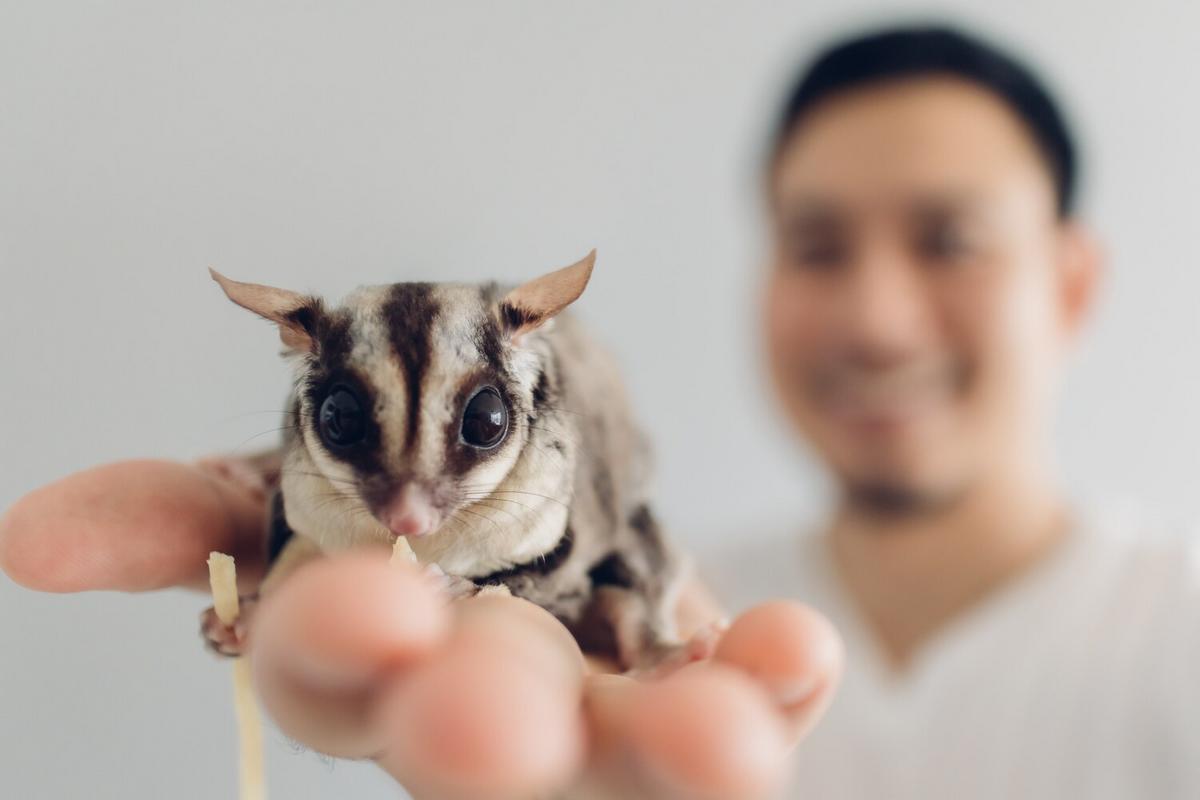
The Impact of Climate Change on Global Animal Populations
The delicate balance of our planet’s ecosystems is increasingly under threat, and one of the most pressing challenges is the impact of climate change on global animal populations.
The Changing Climate and Its Effects on Wildlife
Climate change is altering habitats and ecosystems at an unprecedented rate. According to the World Wildlife Fund, nearly 60% of the world’s biodiversity has declined in the past 50 years due to factors including climate change. These changes are not only affecting animal populations but also the balance of entire ecosystems.
Expert Insights
Dr. Thomas Lovejoy, a renowned conservationist, emphasizes, “As climates shift, many species are struggling to adapt quickly enough to survive.” This struggle is evident in many areas worldwide, from the melting Arctic to the warming oceans.
Statistics and Research
| Region | Species Affected | Impact |
|---|---|---|
| Arctic | Polar Bears | Loss of sea ice habitat |
| Amazon | Various Amphibians | Higher temperatures and altered rainfall |
| Coral Reefs | Marine Life | Coral bleaching |
| Australia | Koalas | Increased bushfires |
| Africa | Elephants | Water scarcity |
| Asia | Tigers | Habitat loss due to deforestation |
| North America | Monarch Butterflies | Migration disruptions |
| Europe | Bird Species | Shifting migratory patterns |
Personal Stories
Emma, a wildlife photographer, shares her first-hand experiences witnessing the stark contrasts in wildlife populations over a decade. “I’ve seen glaciers retreat and habitats shrink, directly impacting the diversity of species I capture on film,” Emma notes.
Taking Action
Addressing climate change requires global cooperation and local efforts. Here are some steps you can take to help:
- Support conservation organizations that focus on climate resilience.
- Reduce your carbon footprint with sustainable lifestyle choices.
- Educate yourself and others about the impacts of climate change.
- Participate in local conservation projects and initiatives.
Pro Tip: Plant native species in your garden to support local wildlife and create a mini-habitat that can help mitigate the effects of climate change.
Conclusion
In summary, the effects of climate change on global animal populations are profound and far-reaching. By taking action both individually and collectively, we can help mitigate these impacts and preserve the delicate balance of our ecosystems.
FAQs
What is the biggest threat to wildlife from climate change?
The biggest threat is habitat loss, as changing temperatures force species to move or adapt to new environments.
How can individuals help combat climate change?
Individuals can reduce their carbon footprint, support conservation efforts, and promote awareness about climate change.
Are all animal species equally affected by climate change?
No, some species are more vulnerable due to their specific habitat requirements and limited ability to migrate.


